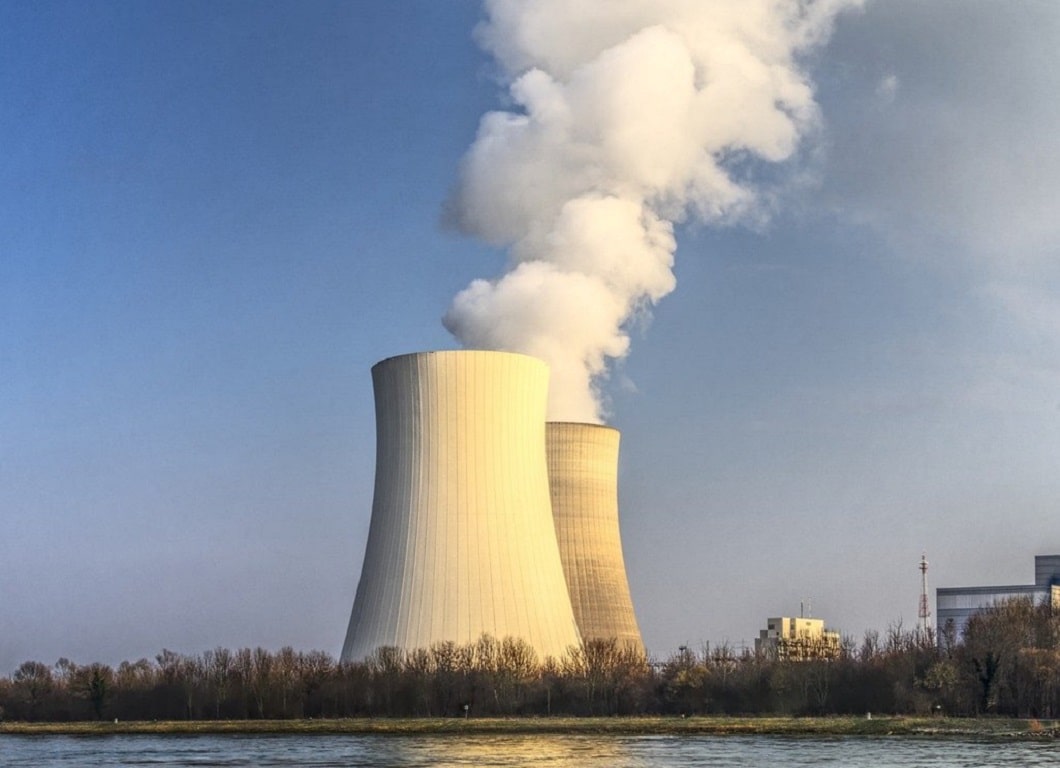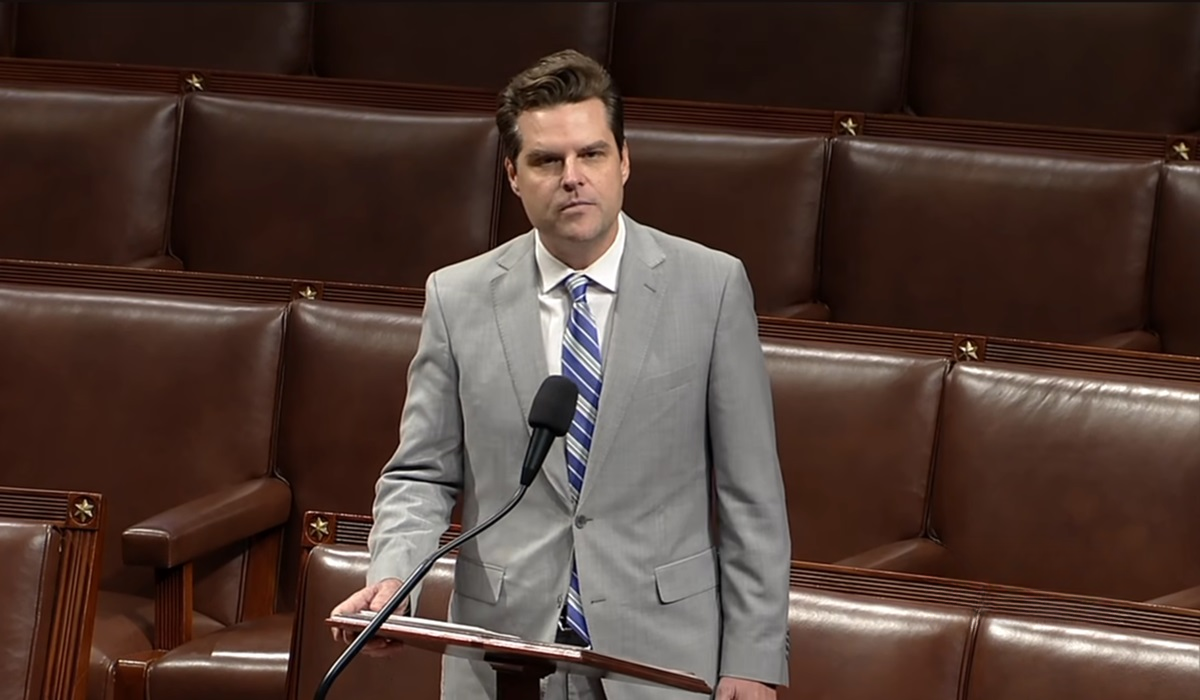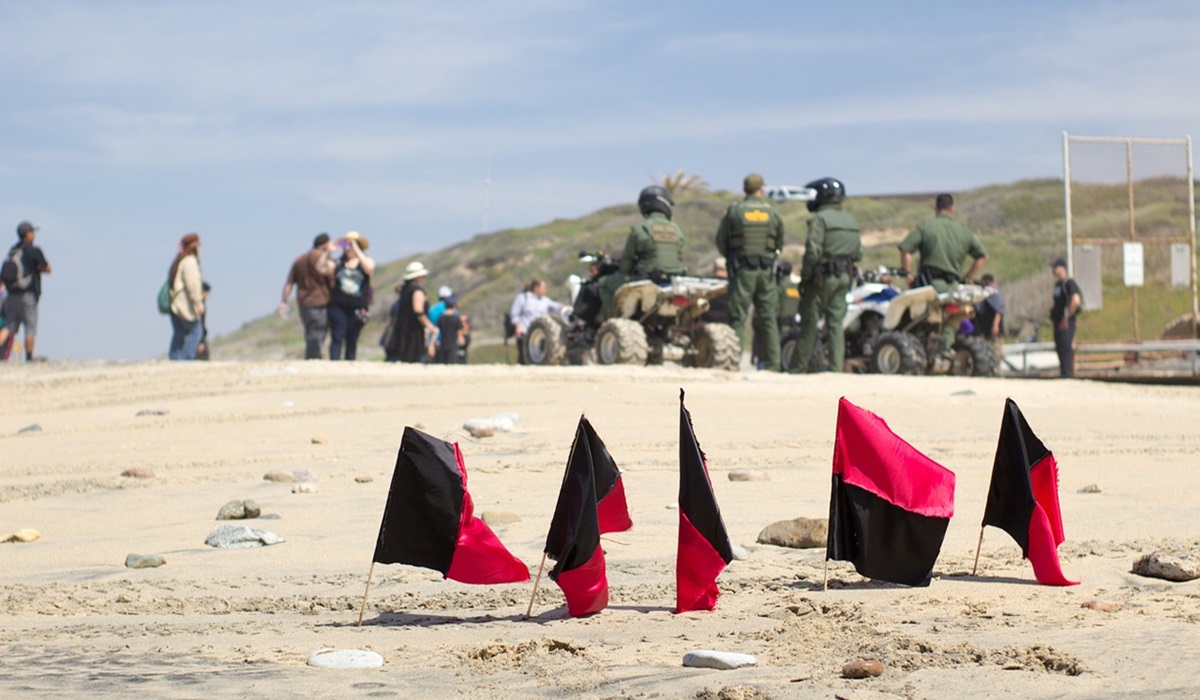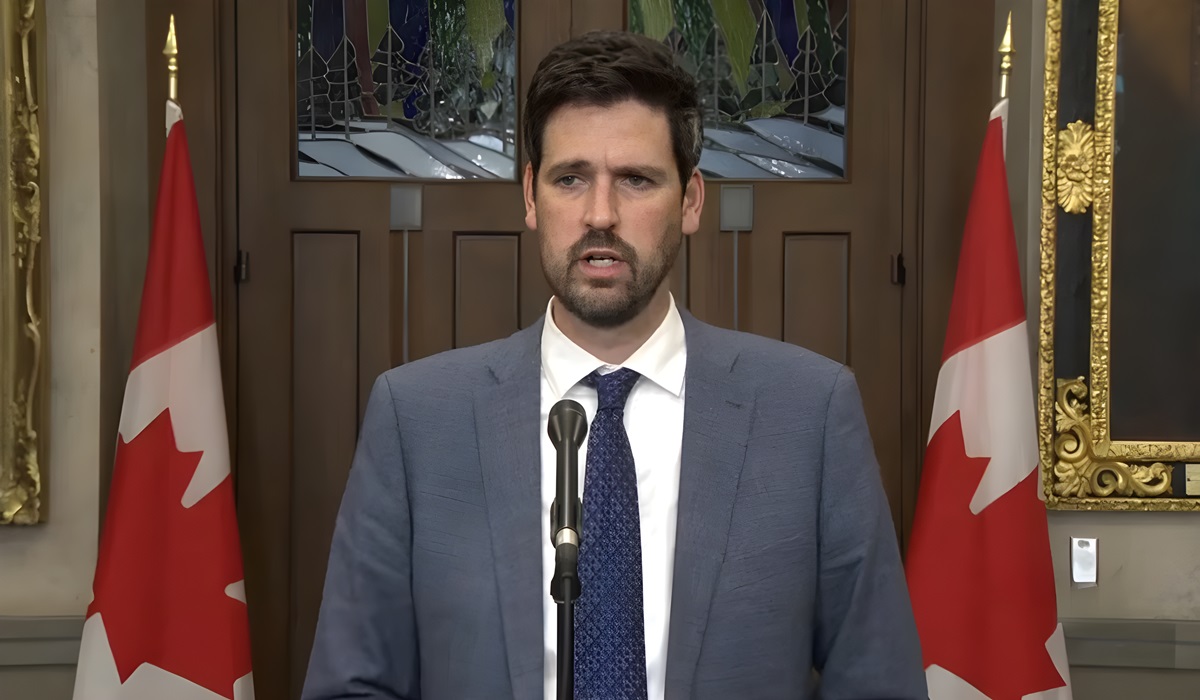Quebec Researchers Looking To The Past, To Prevent Future Nuclear Disasters
- lolaig
- Breaking News
- July 6, 2022

The Quebec research team is taking an analytical approach to protecting Coastal facilities by studying historical climate change data
Coastal facilities worldwide are designed to be protected against extreme sea levels, yet current estimates of coastal flood risk are believed to be inadequate. A French-Quebec research team from the National Institute for Scientific Research (INRS) is developing a more precise methodology to avoid possible human and environmental nuclear disasters. The research team is working with the Institute for Radiation Protection and Nuclear Safety (IRSN) and Gustave Eiffel University.
INRS is a university created in 1969 dedicated to research and graduate training. They actively contribute to economic, social, and cultural development, making them the top school in research intensity in Quebec. They focus on four sectors: Water Earth Environment, Energy Materials Telecommunications, Urbanization Cultural Society, and Armand-Frappier Health Biotechnology. They are placed under the joint supervision of the ministers in charge of Ecological Transition, Research, Energy, Health, and Defence.
Gustave Eiffel University is an experimental university created by merging six research establishments. Its specific purpose is to foster national and international partnerships that meet the societal challenges generated by the changes in urban areas.
The Quebec researchers recently published their research in the Water Resources Research journal; their proposed methodology for using more optimally historical data. Sea levels are made up of the predicted tide and surge, but the statical analysis is focused on a random variable (the surge). “Our method makes it easier to take into account record sea levels found in archives and data recorded by tide gauges,” said Eric Gaume, director of the geosciences department at Gustave Eiffel University, co-author of the study. The main focus of this study is to integrate historical data to increase the observation time while using the information available in specific regions.

The efforts to address climate change need to be creative and flexible while using any tool available; nuclear energy is one of those tools. Nuclear energy produces electricity without carbon dioxide emissions. Nuclear Energy Agency analysis of 90 different ways to net-zero emissions reveals that to limit global warming to 1.5 degrees Celsius or less, installed nuclear energy capacity must triple to 1,160 gigawatts by 2050.
Professor at INRS and holder of the Canada Research Chair in Statistical Hydroclimatology, Taha Ouarda, recall that with climate change, extreme climatic events will intensify and that the risk estimate threshold calculated there at 20 years has therefore been exceeded. “Our results show that certain methods and estimates of extreme sea levels used to build such important infrastructures were erroneous,” says Taha Ouarda, co-author of the study.
Nuclear safety’s main objective is the prevention/mediation of accident consequences, protecting workers, the public, and the environment, and ensuring proper operating conditions. If safety measures aren’t met, and an incident occurs, it could lead to an uncontrolled release of radioactive materials, causing contamination and consequent radiation exposure.
An example is the Fukushima Daiichi accident on March 11, 2011. A 15-meter tsunami caused by an earthquake disabled the power supply and cooling of three Fukushima Daiichi reactors. This incident was rated seven on the International Nuclear and Radiological Event Scale. Despite no deaths or radiation poisoning, over 100,000 people were evacuated from their homes as a precaution. The ongoing task from this incident has been to prevent the release of radioactive materials, particularly in contaminated water from the three units. Officials say it is now safe to live in most of the land except the immediate surrounding of the plant.








